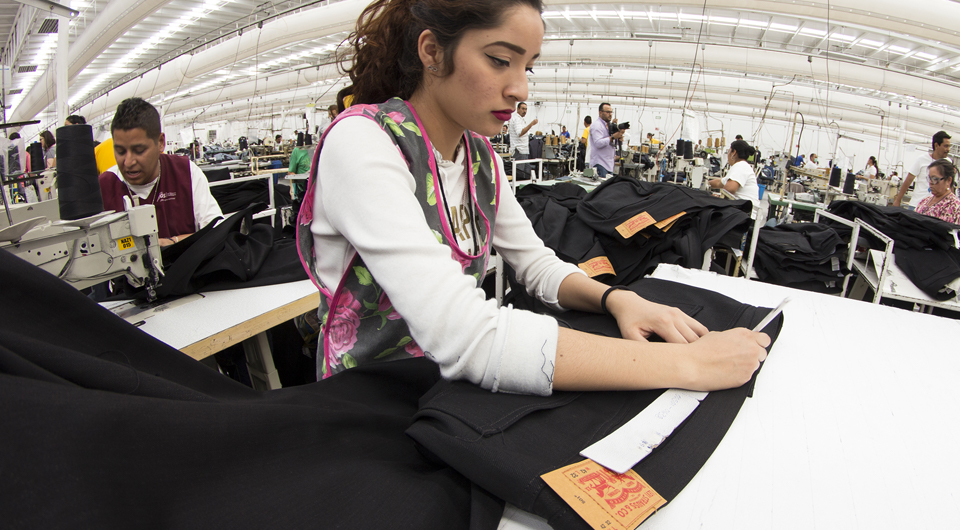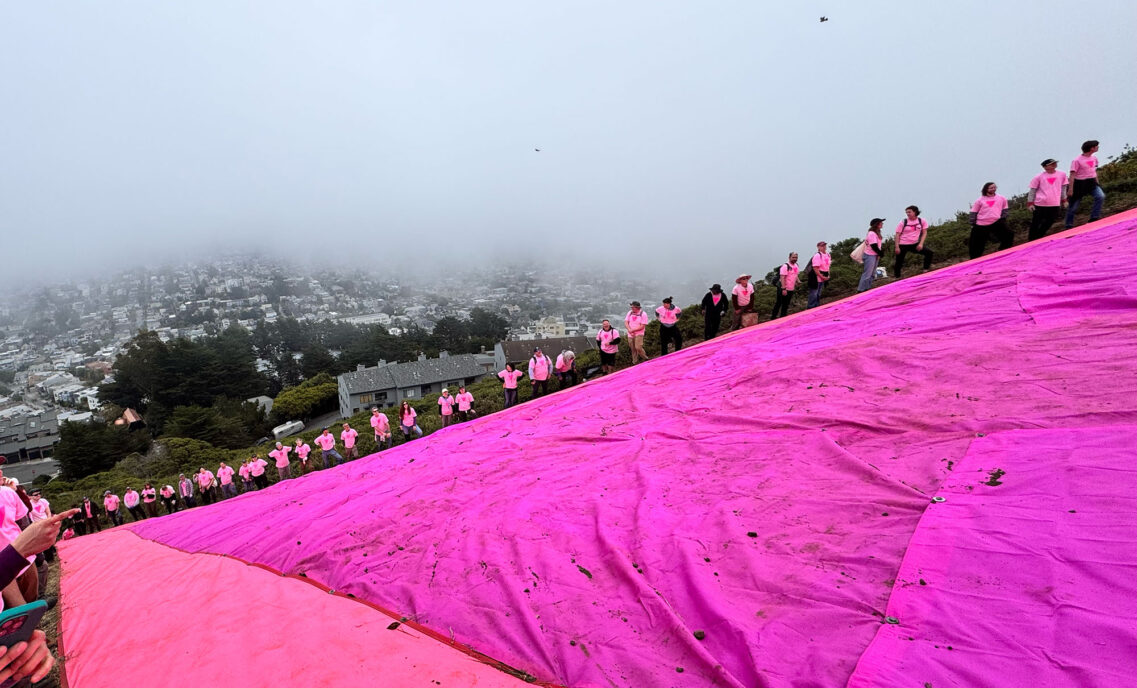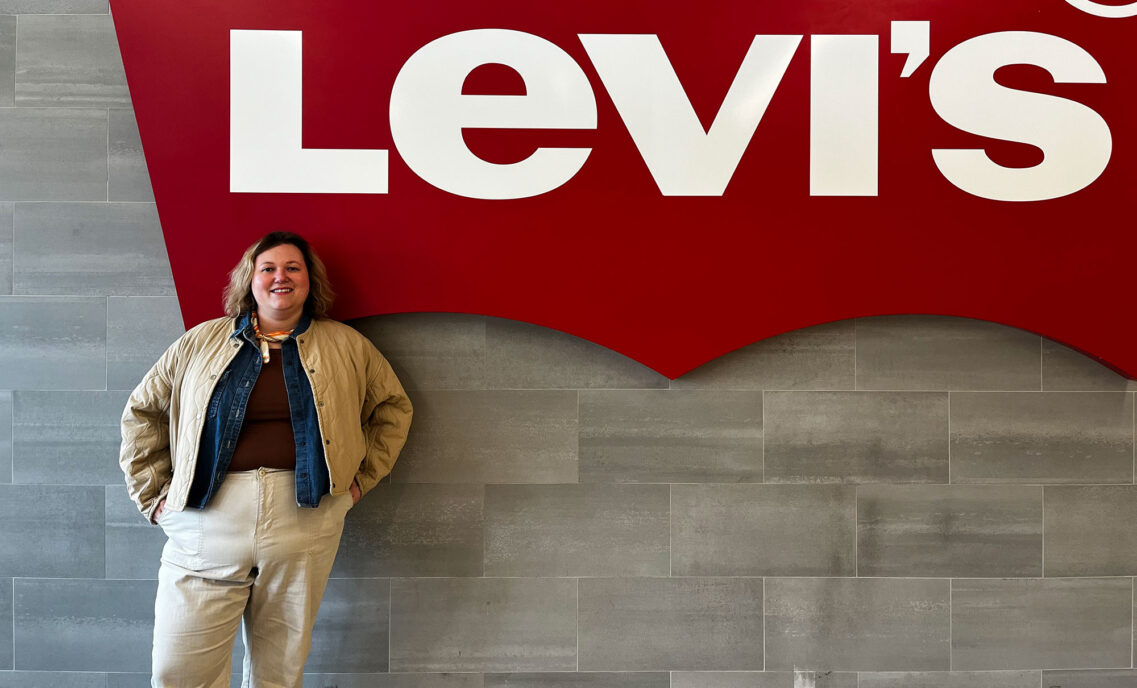Levi Strauss & Co.’s Worker Well-being (WWB) program aims to improve the lives of those who make our products around the world. To date, it has reached nearly 200,000 workers globally with factory-based programs that seek to address issues related to health, financial security and gender equality. The program operates on the premise that when workers are content, healthy and engaged, factory productivity will increase.
As part of the initial launch, we wanted to make sure we had real-time, data-based impact results that would help us adapt and improve Worker Well-being moving forward. To that end, we partnered with the Sustainability and Health Initiative for NetPositive Enterprise (SHINE) at Harvard’s T.H. Chan School of Public Health to survey workers about their daily experience and overall well-being in the workplace to better understand if, in fact, “what’s good for workers is also good for business.”
We also know that in order for us to accelerate the adoption of WWB, we need to create partnerships outside the apparel sector. That’s why we’re excited about today’s announcement that the New America Foundation and ConSensys – a blockchain software development consultancy – were awarded a two-year grant by the U.S. State Department to develop a blockchain platform. SHINE plans to use it to capture survey data directly from workers.
We believe that Worker Well-being can have a ripple affect across the apparel industry. That’s why we have open-sourced all of our WWB materials and made it available to our competitors. Below, Kim Almeida of the Levi Strauss Foundation, who oversees WWB globally, explains why today’s announcement is important for us, and for the people we work with:
What does the grant do for SHINE, for us, and for workers?
The survey asks some very personal questions, not just about one’s health and family, but also about one’s direct managers and the overall workplace. Some people are wary of speaking out; they don’t know if there could be recriminations for what they say. For this reason, it’s critical that the survey results be anonymous, which is guaranteed in a blockchain platform.
We expect that ensuring the anonymity of the results will give workers greater confidence to speak their minds, and thereby give researchers (and us) a better picture of conditions in these facilities.
This grant is the first time the State Department has provided an opportunity for an organization to leverage blockchain technology to track and measure worker well-being. By implementing the platform, a SHINE survey will be able to be scaled quickly, beyond the LS&Co. supply chain, which will allow Worker Well-being data to be analyzed more broadly.
How will it work?
In 2019, SHINE will start testing the blockchain version of the Worker Well-being survey with an LS&Co. vendor in Mexico that employs approximately 5,000 people. Based on the results, it could be piloted across other countries and even other industries.
How does this fit into LS&Co’s broader approach to workers and suppliers globally?
One of the aspirations of Worker Well-being is to influence the apparel industry and make WWB the standard for the sector. We believe that the SHINE work, in partnership with LS&Co., will provide an important tool that gets us one step closer to making this goal of scaling our approach a reality.
On a practical side, our impact measurement partnership with SHINE was for three years. This grant allows us to extend the period by another two years, which will yield important insights into the through lines between worker well-being and factory productivity in Mexico.







